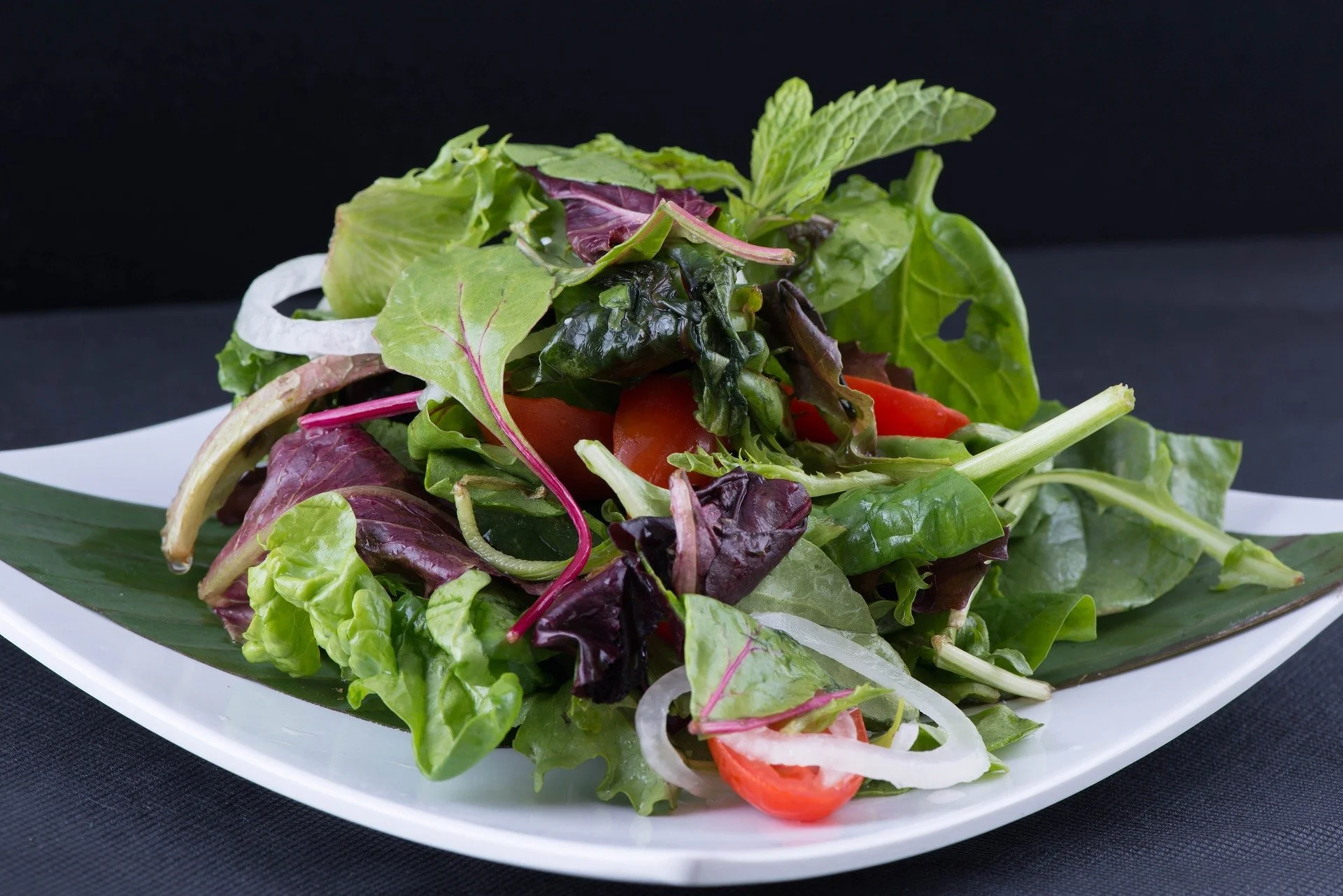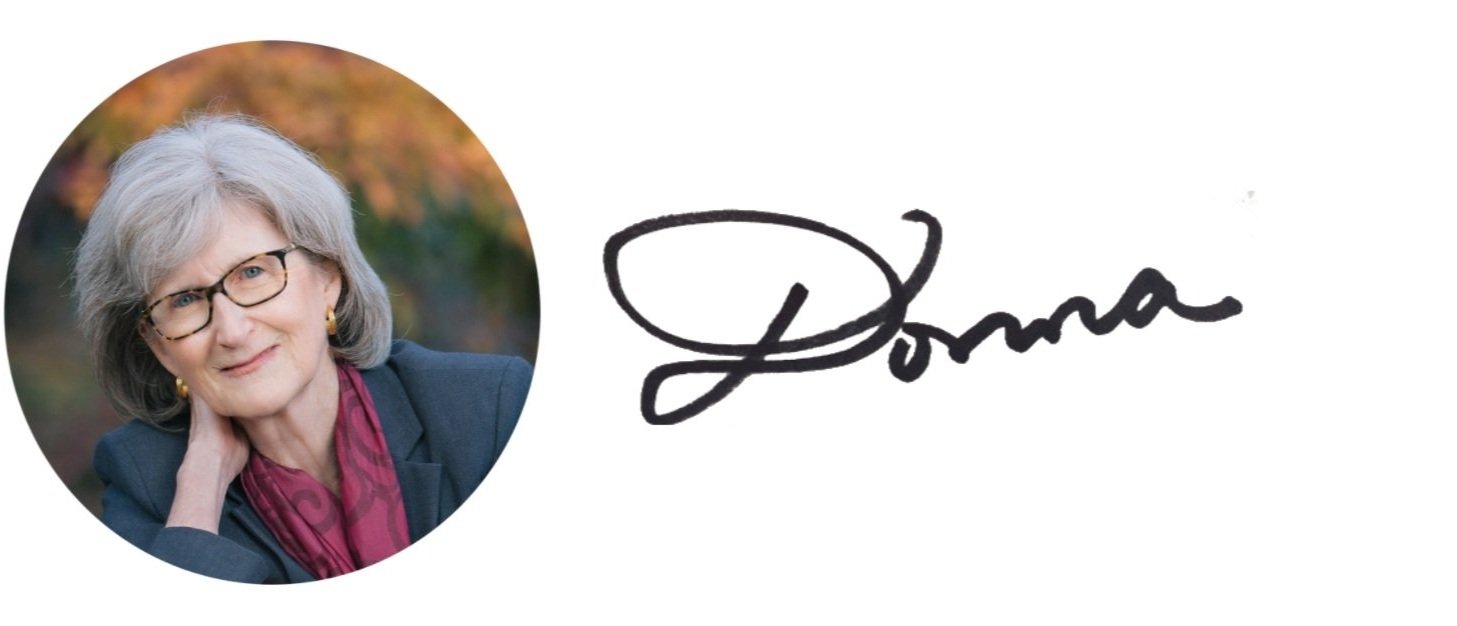What a fork reminded me about prayer…..
This blog came about because of an encounter I had with a fork during a recent vacation. My husband and I had driven south to North Carolina to meet up with my daughter, Renee, and her family who had traveled from Florida—after a pre-trip quarantine so we could “merge our bubbles.” After a lovely week in our mountain cabin, Renee and I were cleaning out the refrigerator and packing up the food for our day-long drives back to our respective homes. We divided up the food and left-overs into our coolers. I claimed the left-over green salad with the arugula. We could find no plastic utensils in the rental house, so I searched our car and found a single plastic fork. One fork. I hesitated a moment, thinking about that green salad, and then said, “Well, I guess I’ll keep the fork.”
As our two families drove away, I immediately started fretting about the fork … “I should not have kept the fork. I saw my son-in-law holding his Tupperware full of his breakfast. How will he eat it? The kids need to eat during the drive. It’s more difficult for them to stop than for us—and, none of us really want to stop because of the pandemic.” Gripping my coveted fork, I finally ate the salad, but it had an aftertaste. I texted Renee and told her I should have given her the fork. I felt like a selfish and unloving mother and grandma.
Sometimes it comes easy to love and be selfless, but, at least for me, it is not always like that—as the fork episode clearly demonstrates. I felt guilty and was embarrassed. When I probed my conscience, I realized the embarrassment came from pride—I wanted to be seen as a loving and generous person. I know I’m not the only one who sometimes acts in ways that are selfish, judgmental or hurtful—after all, we are human. But, still …
Here are my two questions:
1. Can I avoid that kind of selfish behavior? I recognize the fork was a very small thing, but shouldn’t the fact that it was small have made it even easier to give up?
2. What should I do with those negative feelings I experienced after the deed was done?
I have the answer for both questions—that’s why I had to write this blog.
An On-The-Go Solution
Ten years ago, I learned about a prayer practice in which one prays very frequently during the day. It is on-the-go prayer, a first step in the direction of praying without ceasing, as St. Paul encouraged in 1 Thess 5:16-18. I have found this prayer practice to be transformational—it has helped me be a better person, enjoy more peace of mind, and to be much closer to God. My specific practice is to say the words, “My Lord and my God,” whenever I can remember and, especially, the moment I become aware I am moving in a negative or unloving direction. Some folks choose other words, like “Lord Jesus Christ, Son of God, have mercy on me, a sinner,” a centuries’ old prayer known as the Jesus Prayer.
Whatever words you choose, the prayer will lead you back to God and the present moment, where you can take a deep breath and rest in the loving arms of our Lord and Savior. Fr. Jean-Pierre de Caussade’s book, Sacrament of the Present Moment, is a spiritual classic that helped me to understand the sacredness of the present moment. I connect the concept of mindfulness with this prayer practice, and I call it God-centered mindfulness.
Mindfulness means staying in the moment instead of roaming around in the past or future, where it is easy to get sucked into negative thoughts like worry, resentment, or guilt. When I started this prayer practice, I said “My Lord and my God” very intentionally as part of my formal prayer time. Then I added it when I realized I was worrying too much about something over which I had no control or when I felt a keen awareness of my blessings. But, then a magical thing happened. The more frequently I said the words, the more they would just miraculously pop into my mind during the day, maybe at the start of a judgmental or impatient thought or, on the positive side, when I saw something beautiful in nature, like my roses or beautiful clouds. The prayer became automatic and frequent during the day, each time leading me back to the present moment and to God.
Ideally, in the case of the fork, I would have drawn on my prayer in time to check myself and offer the fork to Renee. But, this time, I was not mindful in time to chose the selfless path. However, when I felt my chest tighten as the guilt and embarrassment churned in my mind, I prayed “My Lord and My God,” and took a deep breath. I rested with my Lord, asked for forgiveness and forgave myself. Then I quickly buried the fork. When I told Renee I was sorry and showed her this blog, she just chuckled and said, “But, Mom, it was your fork!”
Please try this valuable prayer practice. I predict you will, like me, be astonished to experience how God helps you throughout the day, if you only ask.
Suggestions:
1. Consider checking out the three-part faith-based online program that I offer called Three Keys to Less Stress During Covid-19. Part Two of this program discusses how praying-as-you go helps with stress.
2. Check here for information about the Jesus Prayer. It says, “Do not be fooled by its simplicity.” For more detail, see Tools Matter for Practicing the Spiritual Life by Mary Margaret Funk. She says “The Jesus Prayer is the traditional practice of ceaseless prayer in the Christian tradition.”
3. Most importantly, select a short prayer or bible verse that touches you. Write it down. Post the words on your desk or the refrigerator. Say it in your formal prayers and just keep trying to remember to say it during the day. In the beginning, the automatic process may be sluggish. But, I’m convinced it will eventually pop into your mind when you need it.
I would love to hear back from you about your experience with this type of prayer—any kind of experience. The comment process is easy … if you have any difficulty with the process, please let me know.
God bless.
P.S. Don’t forget to sign up for my monthly blog or follow me on Facebook or Donna Chacko on Twitter. If my message helps you in any way, please consider sharing it with others.
Dr. Donna Chacko promotes health of body, mind, and spirit through her website (serenityandhealth.com), her blog, and programs at her church. She is the author of the award-winning book and Amazon best-seller Pilgrimage: A Doctor’s Healing Journey (Luminare Press, 2021). You can read her full bio here.











Are you intrigued by the idea of a “Divine Therapist?” If so, keep reading.